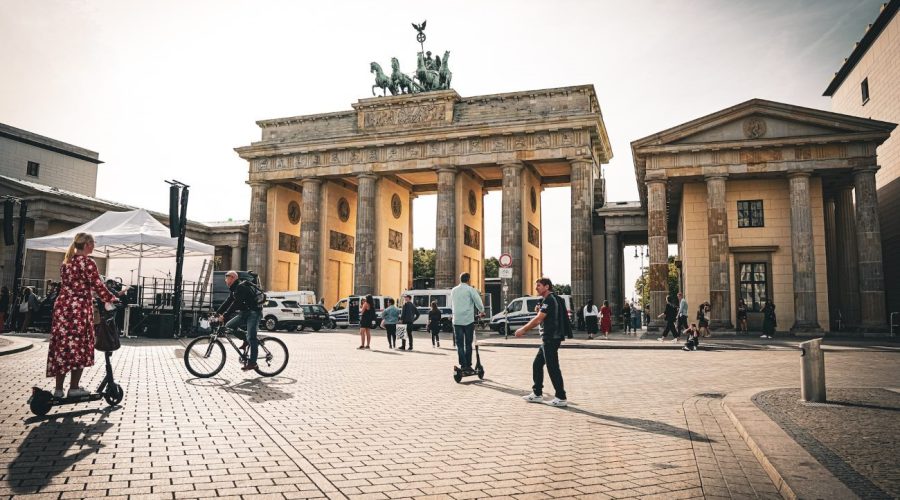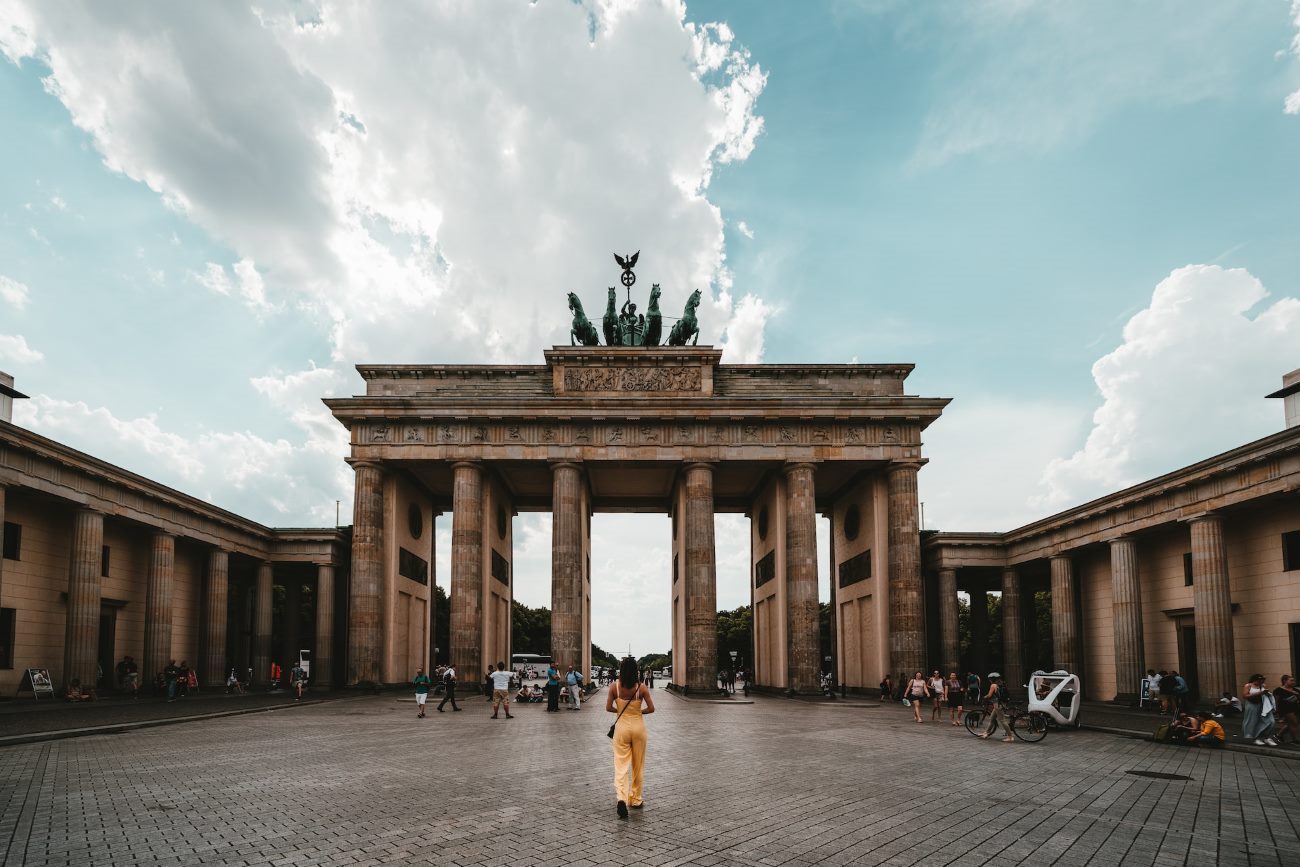How Long is the River Liffey? Exploring the Lifeline of Dublin
The famous River Liffey in Dublin, Ireland merits curiosity regarding its measures from source to mouth. The Liffey functions as a vital essence of Dublin because its river system represents an essential part of the city together with serving as a cultural emblem. The article will examine the length of the River Liffey while sharing several important details related to its value. Let us start our virtual travel down the River Liffey to satisfy our questions.
1. Introduction to the River Liffey
The main river of Dublin capital city Ireland flows through its heart as the River Liffey. Its origin in Wicklow Mountains extends to cover significant eastern Irish territory before it empties into Dublin Bay at the Irish Sea. Throughout several centuries Dublin developed as a city by using the Liffey River which functioned as both a transport link and city-shaping element within Dublin’s natural topography.
2. Length of the River Liffey
The entire length of the River Liffey measures about 125 kilometers which equals 78 miles. Starting from Liffey Head Bog which lies near Sally Gap in the Wicklow Mountains the river flows through towns and urban areas alongside natural valleys leading to its termination point at Dublin Bay.
The river travels from Wicklow County into Dublin after crossing Tallaght and Clondalkin before reaching the city center. The passage of the Liffey river through Dublin creates a North-Side and South-Side divide which major bridges unite across multiple charming urban sceneries.
2.1 Length of the River Liffey within Dublin
Dublin city features the River Liffey which extends through 11 kilometers (7 miles) across its entirety. The river’s vital section extends for 11 kilometers where it showcases outstanding views together with an alive city environment. The corridor along the river contains pedestrian promenades that attract both local and visiting people along with numerous riverside parks and lively pubs.
3. Importance of the River Liffey
Dublin with its residents benefits greatly from the River Liffey’s existence. The script examines different features that establish this waterway as a major local landmark.
3.1 Historical Significance
The River Liffey facilitated extremely important functions throughout Dublin’s historic development. Settlers relied on the natural defense capabilities of the river while it also allowed them to commute across trading routes. Dublin became a Viking foundation in the 9th century due to its advantageous position beside the river.
The river allowed for centuries of trade activities that made Dublin prosper into a thriving economic center. Dublin Port at the river terminus operated as a port of entry that developed into a crucial maritime market facility.
3.2 Cultural and Symbolic Value
Innumerable writers and musicians together with artists have drawn inspiration from the River Liffey which has emerged as a significant representation of Dublin profile. The river maintains a significant cultural relevance to Dublin because many prominent authors including James Joyce and Samuel Beckett included descriptions of it in their writings.
Every year during St. Patrick’s Day the city celebrates by changing the river’s water to emerald green which demonstrates how important the River Liffey is to Dubliners. This vibrant celebration showcases the deep connection between the river and the Irish heritage.
3.3 Recreational Enjoyment
The Liffey River provides different recreational opportunities which allow residents and tourists to engage in leisure activities alongside each other. People can enjoy various recreational activities by the river including promenade walks, jogging and cycling on defined paths together with relaxing in waterfront parks.
The adventurous river enthusiasts commonly paddle the waters using kayaks and paddleboards. Water sports activities allow you to see Dublin from a distinct angle while following the river during your navigation across the city center.
4. Bridges of the River Liffey
The River Liffey stands out due to its array of noteworthy bridges which adorn its banks. The city gains its charm through these essential transportation infrastructure elements that enhance the riverside aesthetic. Some prime examples of bridges are found along the river’s path.
Four Courts
Situated next to the Four Courts building stands the Four Courts Bridge which has been crossing the River Liffey since its establishment as one of the oldest bridges on the river. Passengers at this location can gaze across the river and its landscape.
Ha’penny Bridge
Dublin recognizes the Ha’penny Bridge as its prime symbol because it remains an unbeatable icon throughout the city. Pedestrians had to pay half-pence to cross the bridge when it was built during 1816 hence earning it its name.
O’Connell Bridge
The primary bridge of Dublin links the active O’Connell Street to D’Olier Street through its north and south sides. The bridge is easily recognized for its white metallic construction elements.
5. Exploring the River Liffey
The subsequent exploration of the River Liffey awaits after our studies regarding its length along with its bridges and meaningful landmarks. You can become fully connected to the historical essence of this iconic river through personal trips to Dublin and online media tours showing photographs and videos of the region.
- Discovery seekers should embark on a river tour to witness the entire city’s sights while professionals explain its background.
- Experience the maritime history of Dublin at the Jeanie Johnston Tall Ship.
- Experience lively Temple Bar which faces the River Liffey’s southern bank from dusk until dawn.
As a cultural and historical heritage and recreational haven the River Liffey stands above its status as a waterway. This waterway reaches extensive impact across regions that extend 125 kilometers past its physical stream length. Every Dubliner along with traveling visitors should take the time to recognize the importance of this vital transportation link running through the heart of the city.
Table of Contents



